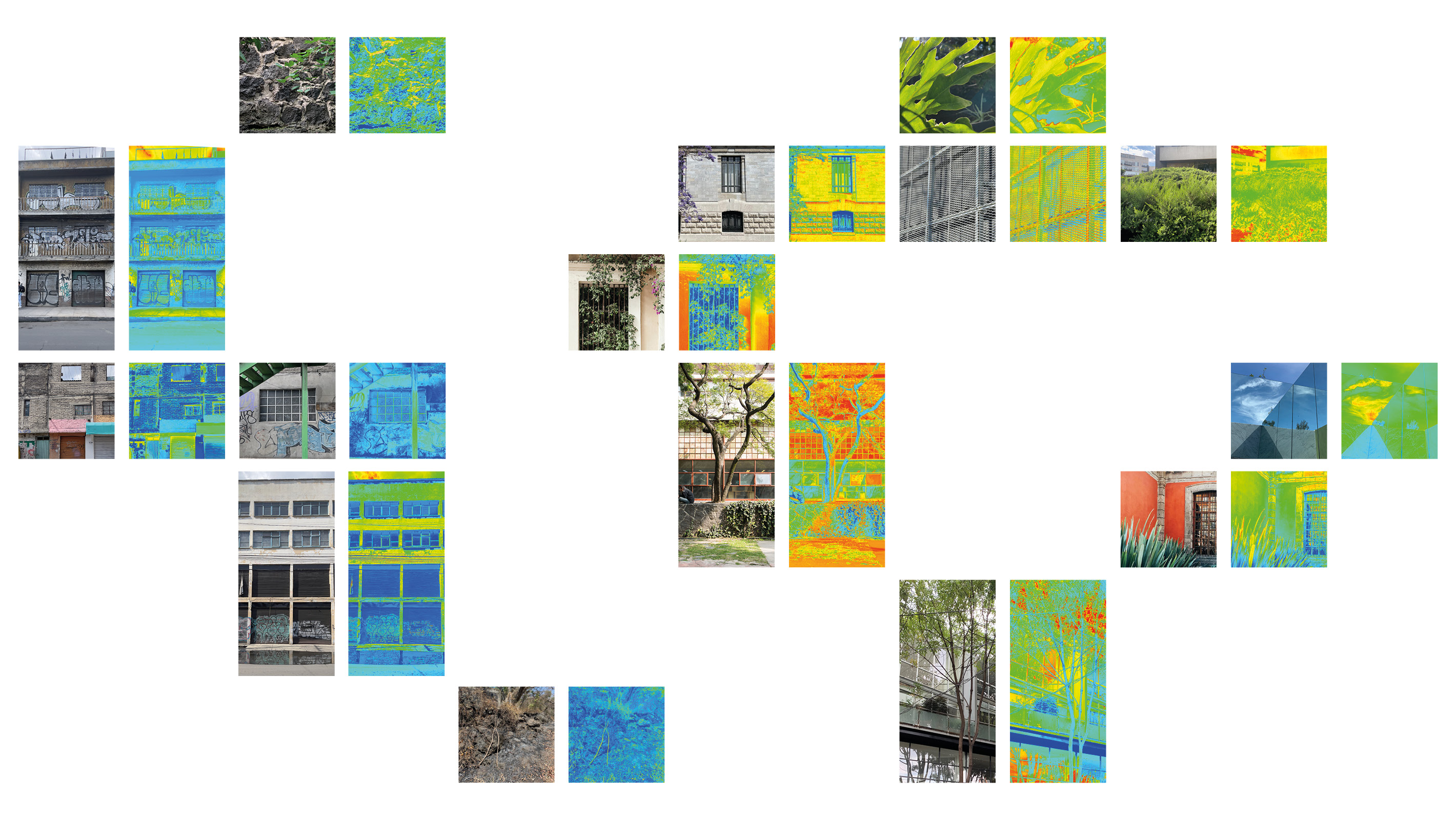Urban Fabric of Light

Category
Daylight investigations - Region 3: The Americas
Students
Raquel Yerani Cruz Sanchez
School
Universidad Nacional Autónoma de México
Country
Mexico
Download
Download ↓
This research will focus on the perception of lighting in urban environments, how do we perceive this light? And what is the impact of daylight in cities? The different climatic elements and urban conditions will limit and modify the availability of natural lighting that we have inside the buildings, but before this, the interaction in the city represents, on a larger scale, our perception of it, the appearance of the city and our interaction as a community. Humans have a primary connection with light, the conditions to enjoy daylighting should also be primary, this means direct and pure interaction with light, but in an urban environment, how is this interaction limited? The different conditions in the city, such as the density of buildings or the lack of green areas, enclose us in an artificial environment. Recent scientific papers have determined that our photosensitive receptor cells in the eyes are responsible for perceiving lighting, even on blind people, and correct exposure to natural light will determine the functioning of several hormones that will regulate our circadian rhythm, depriving us of or modify this exposure, will affect our physical and mental health.
In an urban environment such as Mexico City, one of the largest cities in the world, with more than 20 million inhabitants and almost 3 million homes, the study of the dynamics of daylighting is very important for its use. Mexico City is located in an orographic basin, enclosed by mountains from 2,000 to 3,000 meters high, knowing the climatic conditions, such as cloud cover, will determine the availability of natural light and therefore, the application of different strategies to take advantage of the natural light resource, in an urban environment, pollution levels play a very important role in the atmosphere, since this will further determine the passage of direct rays in the city, resulting in the attenuation of light. Mexico City, being so extensive, combines many urban typologies, in terms of housing: on one hand, there are areas of high socioeconomic level distributed in large lots and with green areas, and on the other hand, low-income areas with a density larger population and with housing distribution in a smaller area. As in several Latin American countries, social marginalization is evident, and therefore, the contrast of urban conditions is remarkable.The high contrast in the different urban typologies is reflected in the lighting, the principal objective of this research is the observation of the dynamics of natural light in different urban typologies that occur in the City and the identification of factors that modify this natural lighting, which will depend on the orientation and size of the streets, height and density of buildings, materials on facades causing different reflectances and the presence of green areas. How can we as a society and as a government, adapt our urban environments to improve daylight quality? What tools can we use to maximize it? The light coming from the sun is the light of the future, the technological strategy is nature itself.

































